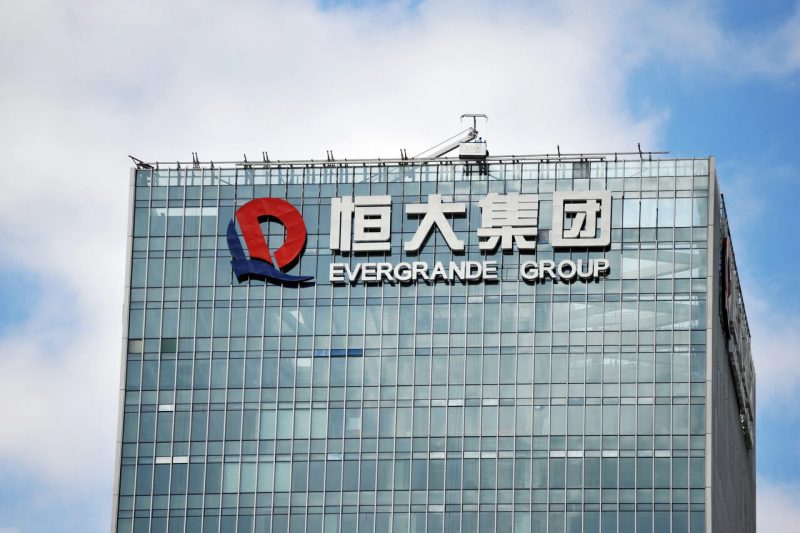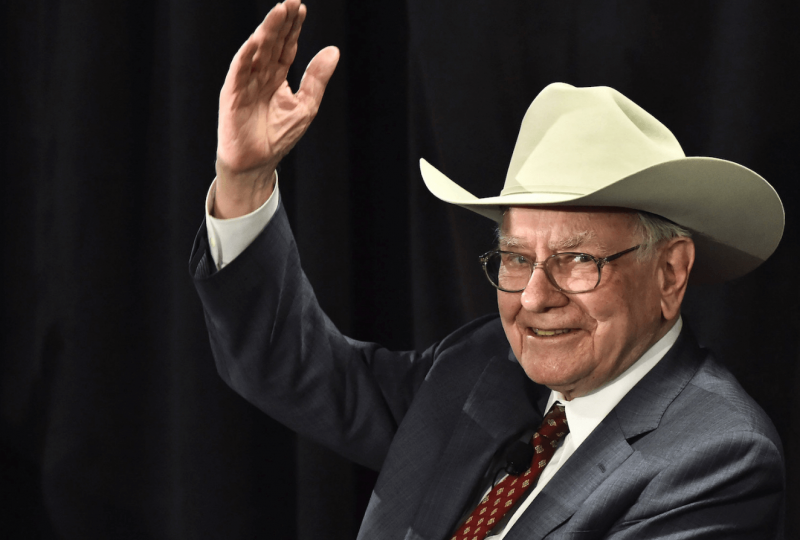Europe’s Gas Crunch Shows Little Sign of Easing
Nov 23, 2021

This winter, consumers in the European Union and the United Kingdom may face even higher gas prices as Russian gas flows via main transit routes prove to be too little, too late.
The new Nord Stream 2 pipeline connecting Russia and Europe may have helped to loosen up a tight market. However, it has been subjected to further delays as German certification has been halted, owing to resistance to the project from the US and certain Europeans.
Several European and British energy suppliers have gone out of business as a result of this year's power price shock, as they are unable to constantly pass on price increases to customers. Bulb, which had a 6% domestic market share, was the most recent to go bankrupt.
High electricity costs have pushed some energy-intensive companies to cut back on production, and European consumers are already paying more for home heating as winter approaches, adding to inflationary pressures.
Benchmark European gas prices had risen by as much as 700 percent by October, while British prices had risen by about 500 percent, as global economies recovered from the pandemic and sucked in gas, notably from Asia, but European stockpiles remained low.
On Monday, European gas had risen more than 300 percent this year, while the British standard had risen almost 250 percent.
Prices fell when Russian President Vladimir Putin announced in October that the country will increase gas supplies to record levels, easing fears of supply shortages.
However, flows via key pipelines such as Yamal, which goes from Russia to Germany via Belarus and Poland, have not increased as much as expected, and no additional capacity has been booked at auction on other routes, including those through Ukraine.
"Given how short the market is and limited Russian flows, I wouldn't rule out a rebound to October's record highs," Refinitiv analyst Wayne Bryan said.
Gazprom, the state-owned company with a monopoly on pipeline gas exports from Russia, claims to be honoring all of its long-term contracts. Contractual requirements had been met, according to European companies contacted by Reuters.
However, supplies to the spot market, which many residential gas providers rely on, remain scarce.
Daily flows across the three main routes from Russia to Europe, namely the Yamal route, Nord Stream 1 which runs directly to Germany, and the pipeline network crossing Ukraine, were little changed from a year earlier in September, October, and so far in November, according to Refinitiv Eikon data.
Cold Snap Fears
Volumes are marginally higher than the norm for November 2020, when economic shutdowns due to the pandemic curtailed demand, but 40% lower than November 2019.
Renewables, such as wind and solar, which account for an increasing share of European power supplies, are not guaranteed to be able to fill the gap in energy supply required to reduce demand for gas-fired generation.
"We could see insane pricing again if flows don't start up and there's a cold spell with low wind speeds. We are surviving on our wits "According to a gas broker.
The postponement of Nord Stream 2's certification adds to market worries as demand climbs during Europe's major heating season, which runs from October 1 to March 31.
After the German certification is obtained, the project must still be approved by the European Commission. It will have two months to complete this task.
According to Energy Aspects analyst Trevor Sikorski, this might mean the project will not commence commercial gas flows before the third quarter.
"It raises concerns about peak supply, which means we might see very high prices and gas supply interruptions to industry, especially if there are a number of cold spells that make the winter colder than usual," he said.
Gas stocks in Europe are still significantly below normal. On Nov. 17, Gazprom-controlled storage stations in northwest Europe held roughly 41 terawatt-hours (TWh), according to Refinitiv Eikon data. For the same day in 2017-2020, the average number was 113 TWh.
"Injections to Gazprom-controlled storage in Europe have averaged only 5 million cubic meters per day since November 9," said James Huckstepp, manager EMEA gas analytics at S&P Global Platts.
Liquefied natural gas (LNG) supplies have been sucked in by Asian countries, raising LNG shipping prices and complicating Europe's efforts to restore inventories.




